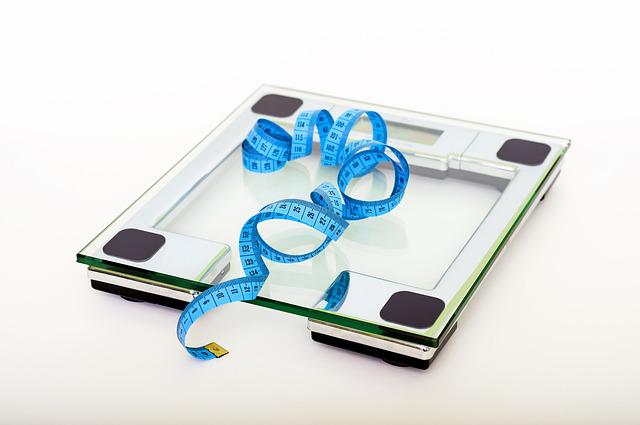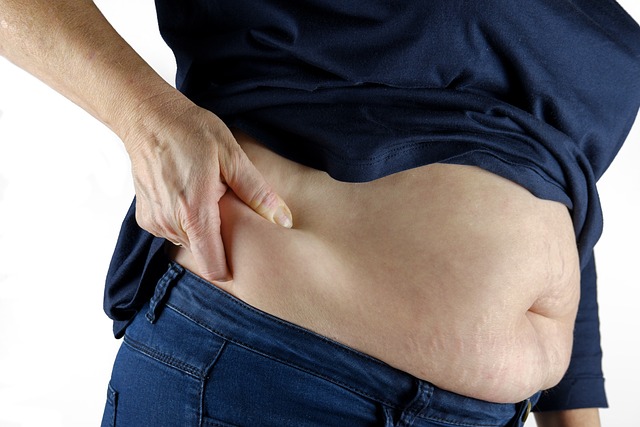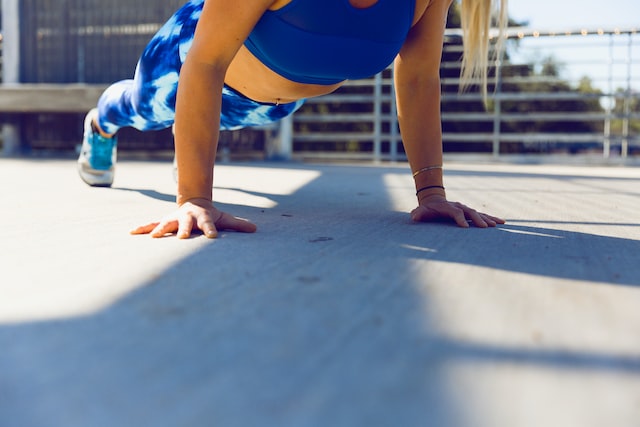Short workouts are ideal because, for some, fitting an hour or more of exercise can be difficult into your busy day. Exercise in short bursts, on the other hand, can be just as helpful.
If you want to lose weight, a consistent fitness regimen that incorporates a variety of quick workouts lasting from 5 to 10 minutes will help you lose weight. Here are some benefits of short workouts, and learn some simple fitness routines to integrate into your weekly routine.
Exercises that last only a few minutes add up quickly.
Brief spurts of activity throughout the day, according to study, can deliver the same advantages as lengthier ones. Short bursts of moderate to intense physical activity are beneficial for weight loss and control, whereas greater intensity exercise may have the most influence on lowering the risk of obesity.
The subjects for the study were from the National Health and Nutrition Examination Survey (NHANES). The study’s participants ranged in age from 18 to 64 years old, with 2,202 women and 2,309 men taking part.
The length and intensity of their physical activity were measured, and the BMI, and body mass index, were used to calculate the subjects’ weight.

Each minute spent doing high-intensity activity resulted in a 0.07 BMI decrease.
Furthermore, each daily minute of moderate-intensity exercise lowered the incidence of obesity by about 5% for women and 2% for men.
However, the researchers point out that when combined to meet the weekly minimum of 150 minutes of heart-pumping physical activity, quick sessions are only as effective as lengthier workouts.
Do mini-workouts work?
Short bursts of activity were insufficient for research participants to satisfy this recommendation. When they added 8-10 minutes of short bursts of higher-intensity physical activity to a weekly exercise schedule that included lengthier sessions, men gained 246 minutes per week, and women gained 144 minutes per week.
The NHANES study isn’t the only one that shows how short workouts can pile up. In a brief 2013 study of 11 obese people, intermittent exercise increased satiety while decreasing hunger more than continuous exercise.
A 2016 study discovered similar benefits for about 1,000 elderly people, who experts feel may struggle with long periods of exercise. Short bursts of vigorous to intensive physical activity, less than 10 minutes, were linked to a lower risk of obesity and better metabolic health, according to the study.
According to 2019 research, any amount of physical activity is related to improved health outcomes such as weight loss and a lower risk of all-cause mortality.
According to studies, adding short, high-intensity workouts within an exercise regimen that also includes some lengthier sessions can pay off in the long run. Any amount of activity, though, is preferable to none. Longer bouts of exercise should only be prioritized when preparing for specific competitive reasons, such as marathons, other events, or sporting pursuits that need endurance.
Short Workouts for Weight Loss
Short workouts can help you lose weight, but they must be done regularly (at least once per day), at a moderate to intense intensity, and accompanied by dietary changes. In order to meet the recommended 150 minutes of physical activity each week, they must be complemented with longer bouts of exercise. By raising your overall daily energy expenditure, you can burn more calories than you consume and generate a calorie deficit to lose weight (TDEE).

If you’re really stressed for time, break up your workouts into short bouts spaced throughout the day. If you’re consistent, you’ll continue to burn calories and improve your strength. The trick is to stick to a routine that works for you.
You may take a 10-minute workout before your morning shower, a brisk walk during your lunch break, and another 10-minute workout before supper, for example. This equates to 30-40 minutes of exercise every day. Longer workouts can be held for weekends or weeknights when your schedule is less rigid.
Try These Quick Exercise Routines
Developing a framework for short training routines might help you stay committed. For example, on Tuesday, you could focus on your upper body, and on Wednesday, on your lower body. Alternatively, you might realize that a total-body workout gets you going in the morning, and strength training gets you going in the evening.
Having a range of brief exercise routines to fall back on will help you stay motivated and reduce the monotony of your workouts. Alternate between different training regimens during the week to keep things interesting. Just remember to include longer-duration exercises like strenuous walking, jogging, or cycling in the mix.
To get your body in shape in less time, try these six short workouts:
- • 5-minute exercise routine: A five-minute intensive workout may result in the “after-burn effect,” which raises calorie expenditure for up to 48 hours. Jumping jacks, burpees, and mountain climbers will get your heart rate up, followed by push-ups, lunges, and crunches to improve strength.
- • Bodyweight training for 10 minutes: This brief program requires no equipment; merely a chair, bench, or step will suffice.
- • 10-minute low-impact workout: Low-impact workouts are softer on the joints while yet raising your heart rate sufficiently to burn calories, build strength, and improve balance and coordination.
- • 10-minute mini-circuit workout: A circuit workout is one in which you move from one move to the next with little or no rest in between. Perform fast bodyweight motions for 30 seconds each that include cardio and strength training to increase your heart rate and burn calories.
- • Work your lower body, legs, hips, and glutes with a series of bodyweight motions that require little to no equipment.
- • Exercise while traveling: Your vacation or work trip does not have to conflict with your weight loss or fitness goals. You may get a great workout no matter where you are by using your own body weight.
Answers to Questions
What are the best cardio routines for persons with limited time?
When time is of the essence, a 10-minute high-intensity circuit workout with bodyweight movements may get your heart pumping. An aerobic circuit consisting of jumping jacks, mountain climbers, burpees, push-ups, and squats is another alternative.

Walking lunges, wall sits, and abdominal crunches are examples of bodyweight exercises that can elevate your heart rate immediately without the use of equipment. Adding weight, such as dumbbells or kettlebells, increases resistance and, as a result, your calorie burn.
How can I make the most of my quick workouts?
Use regimens that blend cardio and strength training to make the most of your short sessions. Bodyweight training is a good option if you do not have access to equipment. Focus on solid technique, proper breathing, and a variety of exercises that incorporate the upper, lower, and core for a well-rounded workout.
What can I eat before a short workout?
If you like to consume a snack before your short workout, aim for a carbohydrate and protein combo. A carbohydrate-to-protein ratio of 4-to-1 will often supply enough energy for exercise while also boosting recuperation.
While you should avoid physical activity for 2-3 hours after having a full meal, you can eat a light pre-exercise snack 30-60 minutes before your workout to offer energy if you’re hungry.
To Conclude
Any amount of exercise is helpful to your health and may aid in weight loss or maintenance, especially if you meet the recommendation of 150 minutes per week.
If you wish to include brief workouts, aim for two quick workouts most days of the week, with a few days set apart for lengthier workouts to build endurance, burn calories, and reach your goals.
